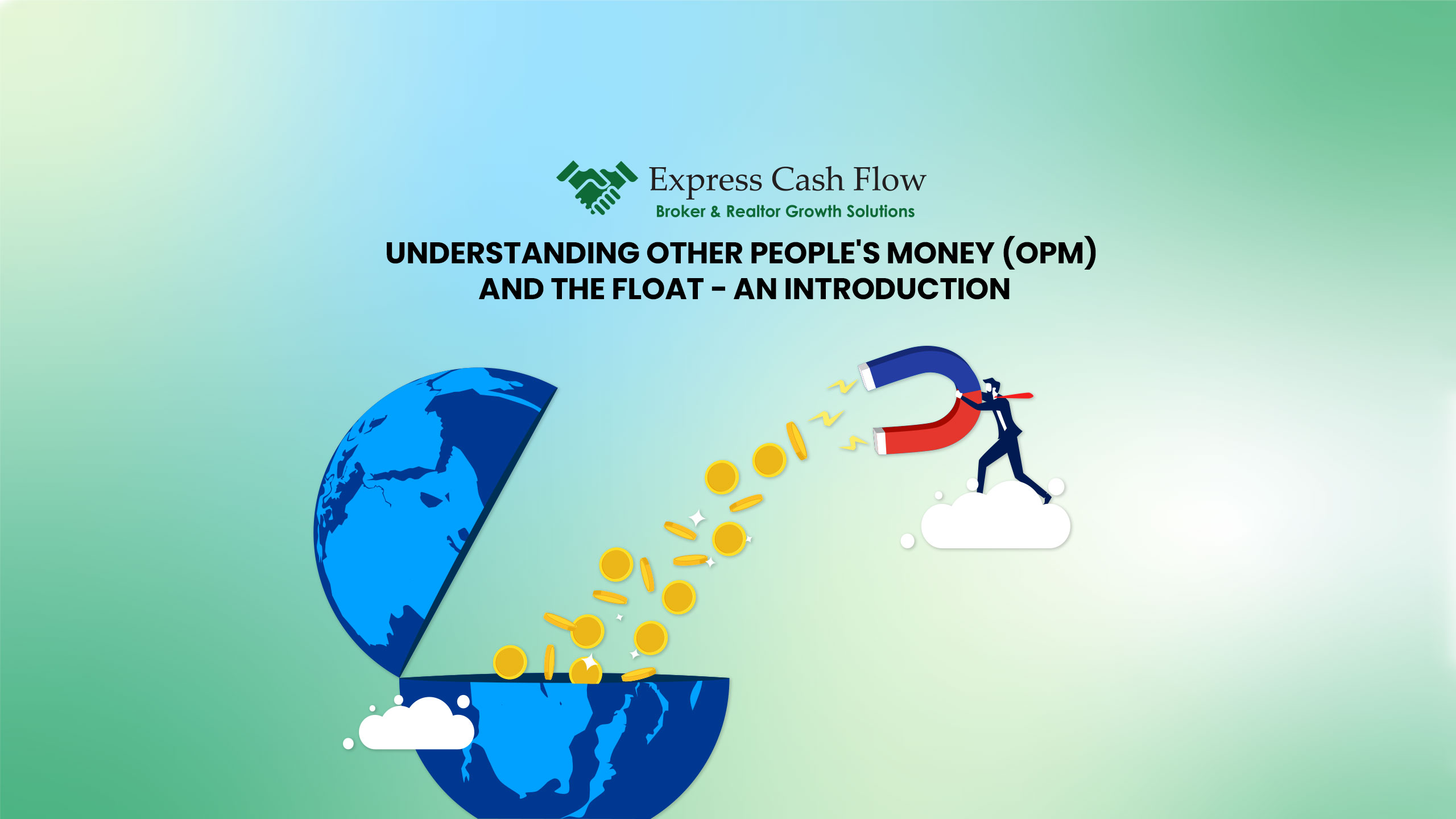In the world of business and finance, two concepts that often come to the forefront are OPM (Other People’s Money) and the float. Both these strategies, when understood and applied judiciously, can offer businesses significant leverage and operational advantage. Here, we delve into what OPM and the float mean, their historical context, and the blend of opportunities and hazards they bring to the table.
Definition and Basics
OPM (Other People’s Money)
OPM refers to the use of borrowed funds or investment capital from external sources to finance operations, investments, or acquisitions, rather than using the company’s own funds. The fundamental allure of OPM lies in its ability to magnify investment returns and fund growth initiatives that would be unattainable with limited internal resources alone.
For example, consider a real estate investor looking to purchase a property. Instead of using entirely their own money, they might put down a 20% deposit and finance the remaining 80% with a mortgage. This allows them to control a significantly larger asset and benefit from its appreciation and income potential, illustrating the power of leverage that OPM can provide.
The Float
The float refers to the time difference between when a business receives payment and when it actually needs to disburse cash for its expenses. In essence, it’s the use of money that doesn’t belong to the business yet. This concept is often leveraged in businesses that collect payments upfront before incurring the cost of goods sold or services rendered.
Insurance companies are classic examples of businesses that operate on a float. They collect premiums upfront and may not need to pay out claims until much later. This interim period allows them to invest the premiums to generate additional income, effectively using their policyholders’ money to create profit.
Historical Perspective
The use of OPM and the float is not a novel concept but has been refined and leveraged more strategically over time. Historical instances, such as the use of investor funds in the building of the American railroads or the development of major industrial enterprises, underscore the significant role that OPM has played in economic expansion and innovation.
The concept of the float has similarly evolved, particularly within the insurance industry. Legendary investor Warren Buffett, for instance, transformed Berkshire Hathaway’s business model by aggressively investing the float generated from its insurance operations, leading to unparalleled growth and investment success over decades.
Benefits and Risks
Benefits
The primary advantage of using OPM is the potential for higher returns on investment. By leveraging other people’s money, businesses can undertake larger projects, expand more rapidly, and potentially realize higher profits than would be possible using only their own funds.
The float offers the benefit of working capital efficiency. Businesses can use the interim funds to earn interest or invest in short-term opportunities without dipping into their own cash reserves, effectively turning a timing difference into a profit-generating strategy.
Risks
However, with greater potential returns come increased risks. Reliance on OPM increases financial leverage, which can amplify losses as much as it can magnify gains. If investments funded with borrowed money fail to produce expected returns, it can lead to financial strain and even insolvency.
The management of the float also entails risk, particularly liquidity risk. If a business misjudges its cash flow timing and is unable to meet its obligations when they come due, it can face serious financial distress. Furthermore, aggressive investment of the float can lead to significant losses if those investments perform poorly.
Conclusion
OPM and the float are powerful tools in the arsenal of business and finance professionals. When used wisely, they can significantly enhance a company’s growth and profitability. However, they require careful management and a clear understanding of the associated risks. Businesses that master the art of using other people’s money and effectively managing their float can position themselves for success in the competitive landscape.

